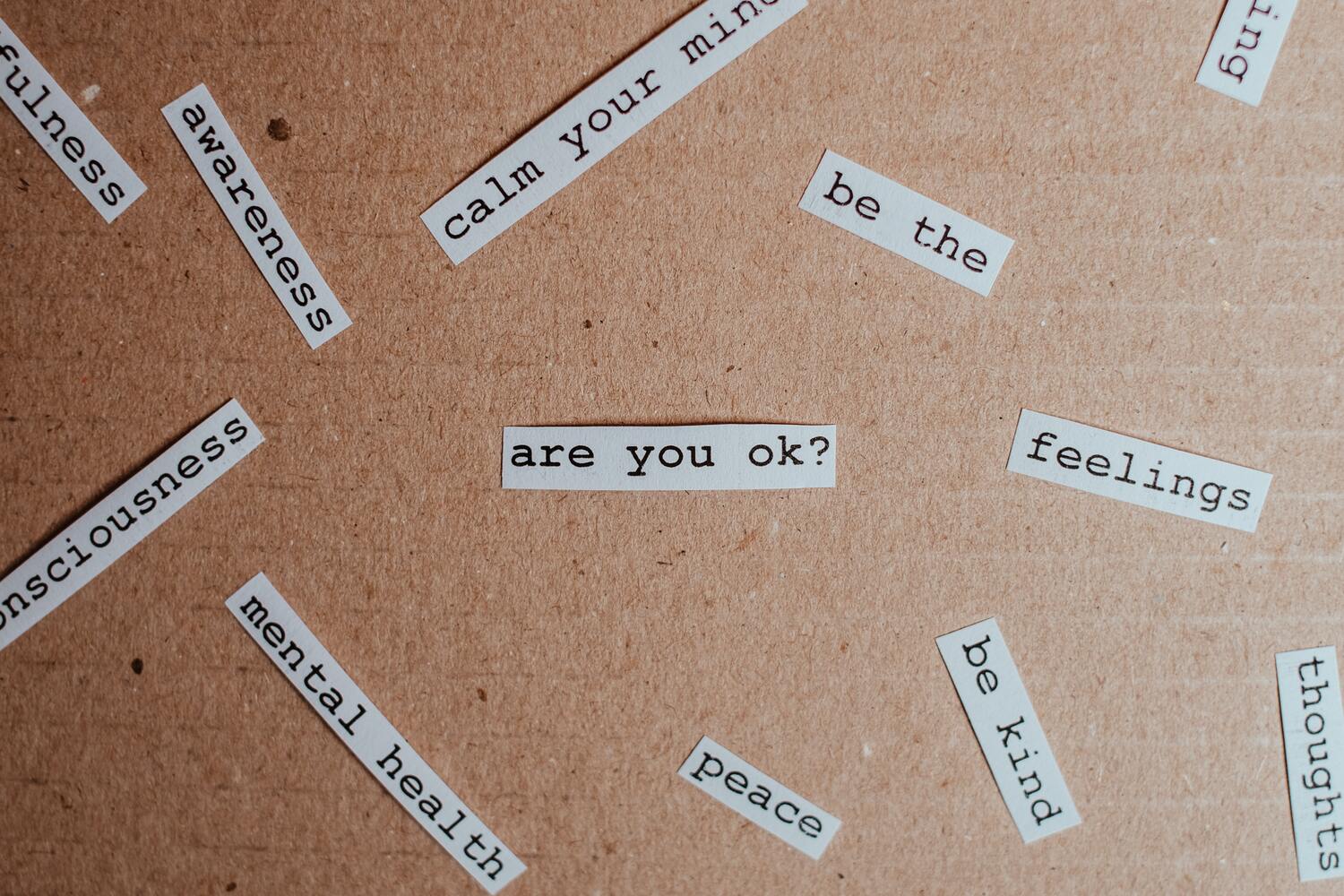


Art Titles: 7 Simple Ways To Make Them Clever And Compelling
How To Choose The Best Art Titles For Your Work
Heads up: This post may contain affiliate links. Learn more.
Just think, you’ve finished working on a painting that is sentimental, meaningful and personal. It took you months on end, with your whole heart and soul poured into it. Now all you need to do is dive into your bank of art titles and give it a name. Surely it can’t be that hard?


Surprisingly, it’s not uncommon for artists to get stuck for art titles. So, let us explore what they really mean and how to get past that hurdle of naming your art.
What is the point of art titles?
Art titles are actually a lot more significant than you might initially believe. A title unveils so much information about a piece of work that you can’t pick up from the artwork alone. Acting as a snippet of intelligence; we get a glimpse of what the artist had in mind during their process, or an idea of its context.
They’re like mini clues, helping us understand the art through the artist’s intended vision. Where descriptions and explanations aren’t available, art titles offer deeper emotional or conceptual meaning.
They help to improve arts accessibility, serving as the viewers entry point to a piece. The gentle introduction enables further interpretation and understanding to follow once the art has been analysed by the viewer.
Do I have to name my art?
Despite having highlighted the importance of art titles and what they add to a piece of work – it’s also very common to see artists rejecting them. Sometimes, there is no name that matches the piece and assigning a title for the sake of it defeats the point.
A title can decide a viewer’s interpretation for them by pushing their ideas down a certain path. For some, this is a situation they want to avoid. Instead, artists replace the name of their work with ‘Untitled’, to indicate that the lack of title was a conscious decision.
Subsequently, the audience takes on a different perception of the art. It inspires them to experience the artwork in their own way without any external influence. This is usually tactical and intentional, as the artist wants the audience to have an individual encounter with the work.
So no, you don’t have to title your artwork and can leave it as ‘Untitled’ if this correlates to the message you’re trying to convey. However, some artists argue that an untitled artwork is slightly lazy. Whilst this is down to opinion, it is a fact that art titles are useful in terms of marketing and selling your art.
Tips For Creating Art Titles
What should I title my work? If an art title idea isn’t jumping out at you straight away, you might want to consider the following prompts:
1. Something personal to you


If something personal has inspired your piece of art – it makes sense to go with something personal for the title. It doesn’t need to be overly in depth or revealing but perhaps a title that only you or those close to you will understand. Consider funny art titles, like inside jokes with friends and family.
This creates curiosity for the viewer. They might not entirely understand the title, but it will still lean towards certain ideas and themes. Either way, a personal art title will intrigue an audience and get them questioning what it’s about.
2. Based on the subject matter


Probably one of the most straightforward art title ideas you can think of is based on the subject matter of the piece. For example, if your painting is a still life shot of a fruit bowl, you might be inclined to call it ‘Fruit Bowl’. Whilst this may seem boring and unoriginal, an abstract piece could benefit from an explanatory art title. If the subject matter is hard to make out, it might be helpful to give the viewers clues and hints to aid their understanding.
Other reasons for naming your artwork around its subject matter could be for its pure ease. Unlike ‘Untitled’, these simple art titles are slightly more descriptive without taking too much effort. If you’re really struggling to name your art, you might be overcomplicating things. Try taking it back to basics and consider the subject matter of the piece.
3. Your favourite/interesting words


Some artworks are named after completely unrelated things; the artist’s favourite word being an example. If you have a collection of words you love, you might want to utilise them when naming your latest piece. After naming the art, you might actually find that the new name correlates with the piece, despite having no clear connection beforehand.
Either way, your audience will use the title as a way of understanding your art, searching for correlations themselves. So consider what you’re trying to communicate and choose a favourite word accordingly.
What if you don’t have many favourite words to hand? It can be hard to come up with them on the spot, so we recommend exploring a thesaurus or making a ‘word box’. Add to your collection whenever you stumble across an interesting word, and use it later.
4. Colours


Colour is vital in art and in our lives overall. It’s everywhere we look and formulates a large part of the art we see online, in galleries and in the public space. Given this fact, it’s no surprise that some artists decide to name their art after a prominently featured colour. Several famous examples come to mind, including Blue Nude II by the well-known French artist Henri Matisse.
Highlighting a colour in your art title doesn’t necessarily give away any information that the viewer can’t already gather. However, it does help to distinguish and categorise your work, especially if you have a large collection. It’s also easy to create a series of works with this colour naming method, the same way Matisse did. Art buyers would enjoy this type of art title as it marks their purchase in a moment of your practice. It helps to market your art to a potential customer or collector looking to invest.
5. Song lyrics


Although it sounds cheesy at first, song lyrics can make very good art titles. It makes sense too, as a lot of artists will listen to music when creating their masterpiece. If there was a particular song you listened to on repeat whilst painting, why not pull some lyrics from it for your art name?
You also have the luxury of being able to choose from any song, and any millions of lyrics out there. In theory, an artist could construct an art title that speaks directly to the piece they’ve created just from lyrics alone.
To avoid being too cringey, opt for a lesser known song lyric. If you’re clever with it, people might not even realise it’s a lyric. That all depends on your intended perspective and understanding.
6. Conversations with people


The conversations we have with family, friends and strangers influence our behaviours and emotions significantly. This includes the feelings that go into pieces of art. If you’re stuck for an art title, consider naming it after something someone said to you.
If your artwork is about someone in particular, you could use a recent text message from them as your title. The meaning behind it could be positive or negative depending on the atmosphere of the work in question. However, it doesn’t need to be deep-rooted. The conversation could be as mundane as you like.
If this doesn’t match your art title vision, you could even use conversations you’ve overheard in public. Take a journal with you on your next trip to the park and note down anything you hear that sticks with you.
7. Memories


This last idea is fairly broad and is definitely relevant if your work is autobiographical and documentary. It’s quite possible that a memory has prompted you to make the work in the first place, so dive into that idea and use words that relate to that experience. This will really help the audience gauge what they’re looking at, perhaps giving them more than what they can see.
Even if your art wasn’t influenced by a memory directly – try to remember how it felt in the moment to produce the piece. Rely on your senses by asking what you could see, hear and smell. Once you start recalling your memories, creative art titles will soon follow.
Layout of art titles and labels
It’s important to get the formatting of your art title and labels correct when you enter the industry as it shows professionalism. Although everyone is different, there is an industry standard that most galleries, artists and institutions stick to. Usually, the art title is either italicised, in bold or in quotation marks, to differentiate it from other information on the label. Other information you’ll need to state includes: artists name, date, medium, dimensions.


Final Thought On Art Titles
After all these ideas, what makes a good title for a painting or any artwork for that matter?
Hopefully, your title conveys additional information to an audience. It should spark thought and analysis, or simply add to an existing message that the artwork is communicating. Then there’s the ‘Untitled’ artworks – which should be used to allow viewers to make up their own interpretations without guidance from the artist who made it.
Whatever art titles you decide, try not to overthink it. After all, your art is good enough to speak for itself.
WHAT HELPS YOU COME UP WITH ART TITLES? LET US KNOW IN THE COMMENTS BELOW.
Don’t forget you can always share your art with us! Submit to one of our open calls or tag us on Instagram @darkyellowdot.
Thank you for reading and if you found this article useful, share it around, that makes us happy. To receive more posts like this and updates, join our mailing list, everyone is welcome.
NEED MORE ADVICE?
SITES TO HELP:
Blue Nude II | Matisse Paintings
ARTICLES TO HELP:
4 Things They Didn’t Teach You At Art School About Writing
Understanding Art Buyers And How To Attract Them To Your Work
How To Write An Artist Bio (Learn By Example With Super Simple Tips)
COURSES TO HELP:
Words With Meaning With Olivia Wilde
Writing For Expression: How To Make Your Words More Arty & Lyrical
How To Name Your Brand Or Business


Featured Image Source: Pexels.com




Mark
Some time ago I decided to name all of my photographic series after Buzzcocks song titles. Surprisingly I can always find a suitable fit.